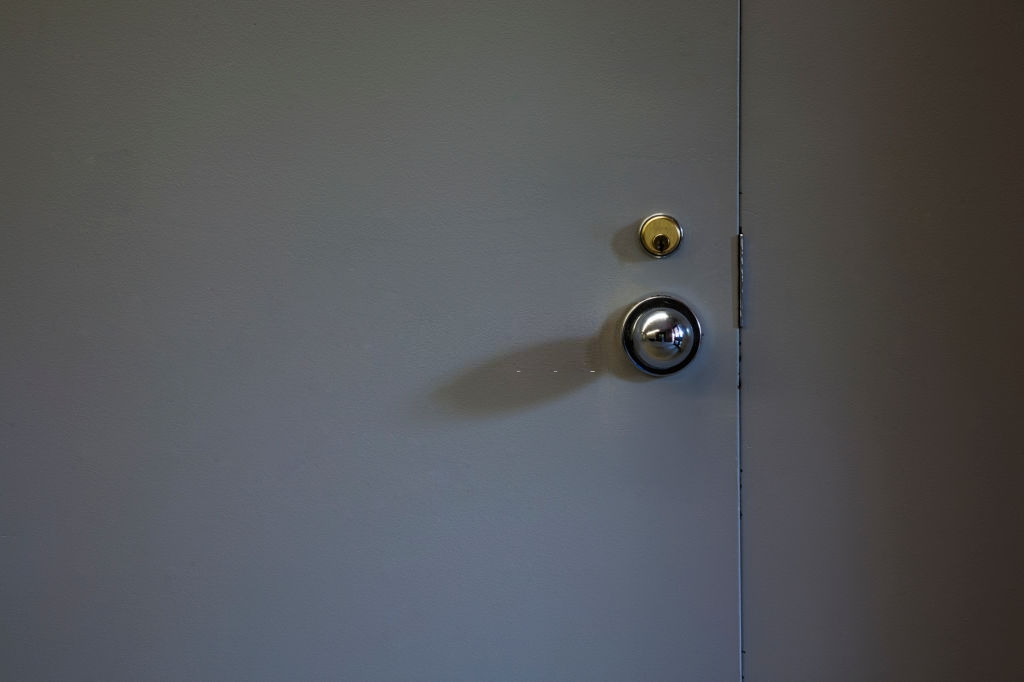Metal doors are a better choice for home and business owners as they are more durable and tough. However, they are not completely immune to break-ins, bends, dents, and other forms of surface damages. We are the leading company in Toronto break-in repair. Dents or holes on your metal doors can be easily patched or blocked. This would be cheaper than doing a whole door replacement or door installation service. When repairing a metal door, one should have sandpaper, sanding block, plastic drop sheet, putty knife, an auto body filler putty, primer, paint, and paintbrush. Note that while using the sandpaper on a metal door, the small metal filings or paint shavings can become airborne, and therefore protective eye goggles and a respirator or good quality air mask should be worn. Continue to wear these protective gear when using the spray paint as well.

The following steps can be sued to repair surface damage on a metal door repair.
Sand the area that has been damaged or dented
Using sandpaper or sanding block, whichever is available, remove any existing rust or paint from the area that has been damaged. A wire wheel can also be used, and the area roughened using 60-grit sandpaper, a bit larger than the damaged area. Do this until the area becomes smooth to the touch.
Fill the area
Use auto body filler putty to fill the damaged area and smooth it out in order to blend it more evenly with the surrounding parts of the automatic door repair in Toronto. This should be done using a wide plastic putty knife. Try to work faster because it will not take too long before the filler begins to harden. Follow the manufacturer’s guide on how long you should wait for the putty to cure before sanding can be done, usually after about half an hour. Do not overfill the area. Avoid using too much filler or too light filler.
Sand the patch
When the putty is fully cured and dry, lightly sand the area using fine-grit sandpaper. Do the sanding with a sanding block or wrapped 100-grit sandpaper around a piece of wood in order to ensure the sanding is done more evenly. Once this is done, wipe off the fine dust using cotton or a towel.
Paint the area
When the door repair work is completely finished, the area should be painted so that the patch is completely hidden. The spray-on approach of painting is preferred to the brush-on approach as it produces more even results. Apply a thin coat of spray paint and let it dry. Apply another light coat of spray and allow it to dry again. Continue applying light coats until the spot is no longer visible, and the door looks done. It is more advisable to paint the whole door as getting paint that completely matches the old door paint in order to hide the patch may not be easy completely. Although the paints may be similar, the newly painted area will be shinier, leaving you with a distinct patch.

